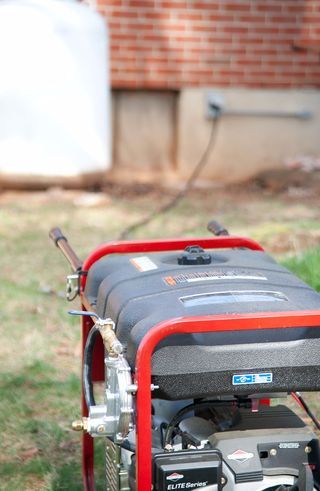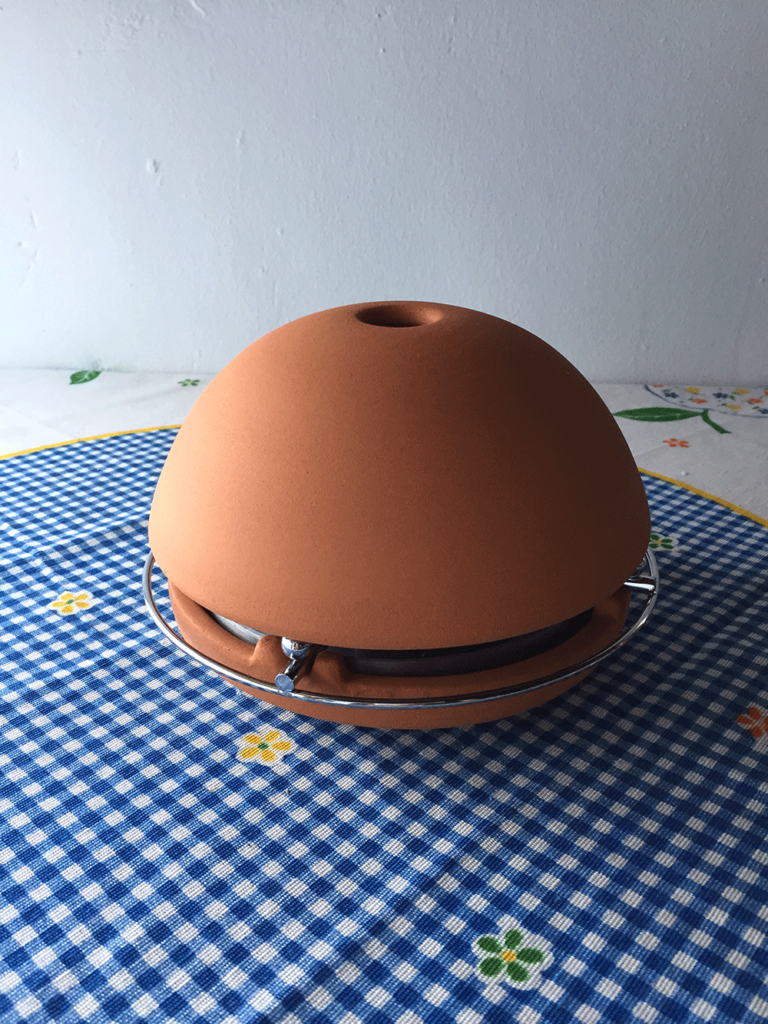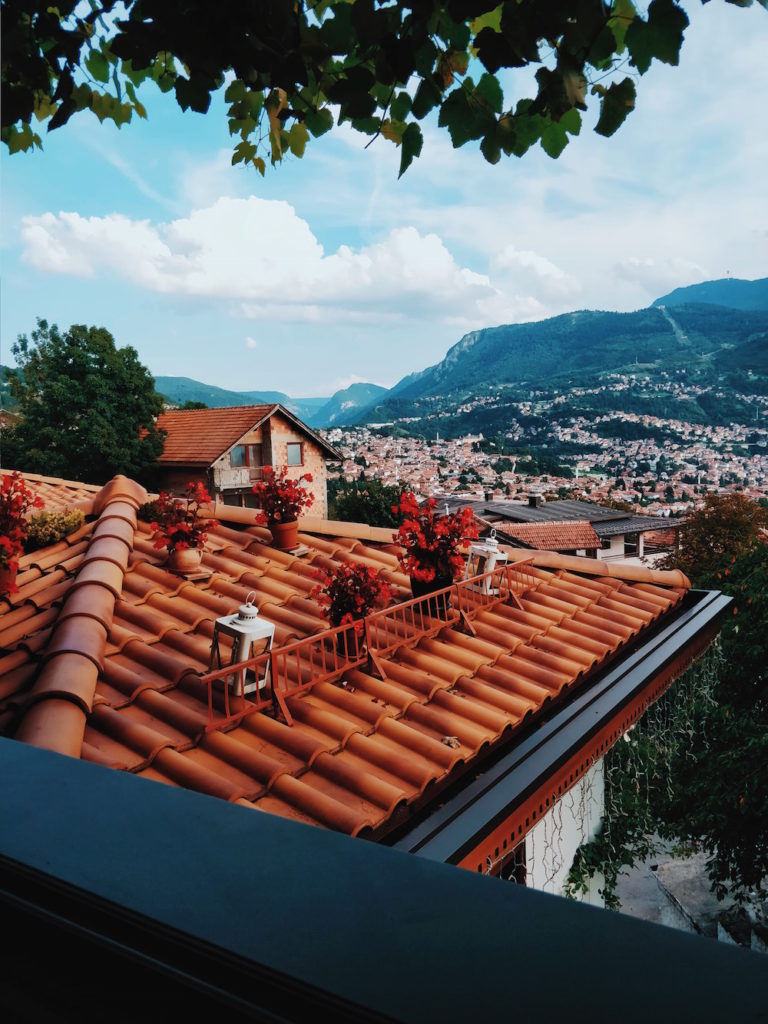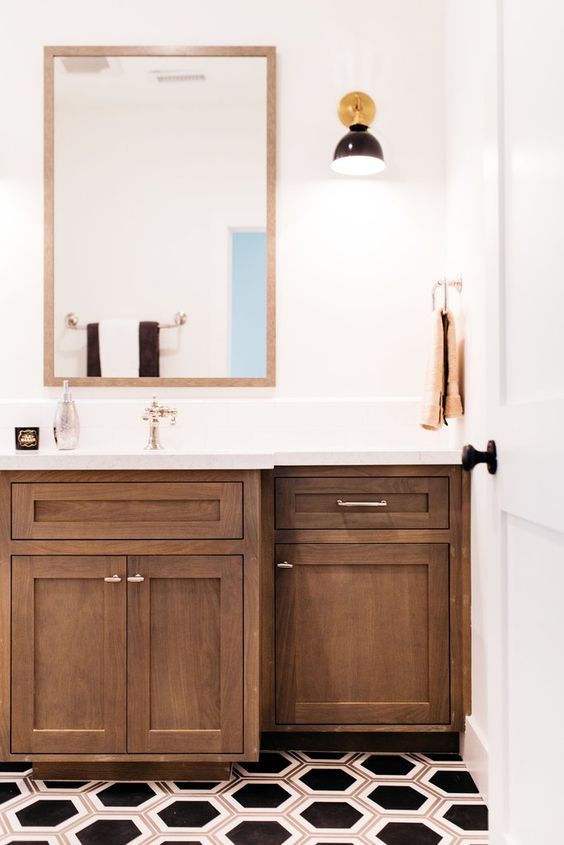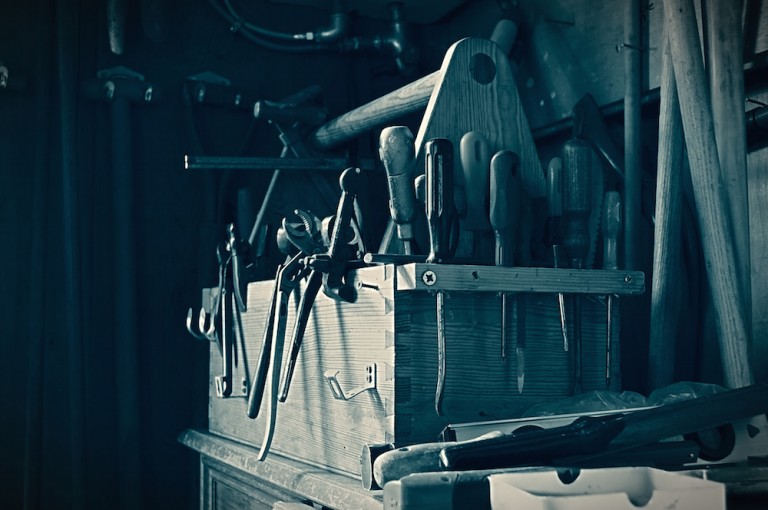Let There Be Lights: The Ultimate Best Generator Buying Guide
Going to be purchasing a generator in the near future? You will want to check out the ultimate best generator buying guide.
It’s 5 p.m. on a Thursday, and the local news says there’s a massive storm headed your way. The temperatures have soared into the high 90s every day this week. You just bought $200 worth of groceries.
They expect power outages, and if it goes like last time, it will be out for days. And you put off figuring out which was the best generator for your home. What do you do now?
Do you know what happened in Hackensack, New Jersey?
Hurricane Sandy ravaged the East Coast in 2012. The local True Value Hardware got around 10,000 phone calls about generators. They only had 20 in stock.
Do you like those odds?
It’s time to snap out of procrastination mode, prepare for that inevitable natural disaster, and buy the best generator for your home. If you’re not sure where to start, keep reading. This is the ultimate best step-by-step guide to buying generators for home use.
Step 1: Determine Your Wattage Needs
Are you looking to power your whole house as usual or do you just need a few appliances to work? Either way, you’ll need to figure the wattage of everything you want to run.
Make a list of everything that uses power — anything you’ll want to keep running while the power is out. Include things like refrigerators, lights, your A/C unit, and any small appliances you use.
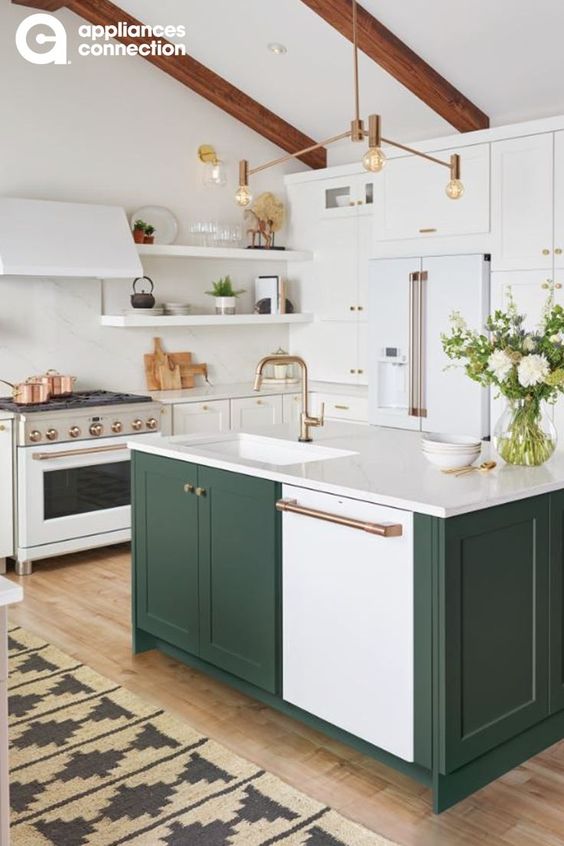
Account for anything hardwired into your house (like, you know, most of your lighting, ceiling fans). You’ll have to call an electrician for that. In fact, don’t be afraid to bring in an electrician to do it all; this is a big investment, so paying a pro is worth the extra cost.
To DIY, you’ll look for the wattage of each appliance (it might be on a sticker or placard on the device or in the users manual). There are two types of wattage listed: running and start-up wattage.
Running wattage is what it sounds like. It’s how much energy the device uses most of the time.
Start-up wattage is how much energy it takes for a device to ramp up. It might be higher than running wattage. Make sure you get a generator that can handle the start-up wattage you need.

To save money, think hard about what you need. Do you need to illuminate your artwork during a natural disaster? If not, plan to keep it turned off.
Of course, it never hurts to get something a little larger than you need. That way, your generator will be relevant as your needs change.
Step 2: Determine Which Type Is the Best Generator for You
There are two main types of home generators: portable and standby. To decide which one you need, consider:
- How you might use it
- How long you might need it during a power outage
- How much you can afford to spend
- Whether you need a generator away from home too
Portable Generators
Portable generators can be used to power select devices in your home. But some models do work as whole house generators. They may not last as long as a standby generator depending on how much you spend.
That said, a portable generator is great for outdoor recreation too. A campfire will keep your marshmallows and toes toasty, but it’s not so great at running a mini-fridge.
According to Consumer Reports, portable generators typically cost between $400 and $1,000. The price can go as high as $4,000 for cleaner-burning models.
Standby Generators
A professional wires a standby generator directly into your home’s electrical system. You can even connect some to your natural gas supply so that you’ll never run out of fuel. You can also program some to come on by themselves.
They are a lot more expensive than portable generators. The extra cost may not be worth it for everyone, though. If you only need it for a few hours at a time or to power only a few appliances, a portable generator might work.
Consumer Reports estimates standby generators will run you between $3,000 and $6,000 — but that’s before the professional installation.
Step 3: Pick Your Fuel Type
Next, decide on what type of fuel you want to use. Your options are:
Gasoline
Gasoline works well in small engines and is easy to find. But it’s smelly, and you’ll burn through it fast. Plus, in certain types of emergencies, the lines at gas stations can be long — if they don’t run out altogether.
Diesel
A diesel generator is a lot more efficient than gasoline and just as readily available. It’s durable, easy to take care of, and lasts a long time.
If you’re going portable, they can be heavy. So make sure you look for a model with wheels. They can also be on the loud side, so choose one with sound-deadening features.
Like gasoline engines, diesel engines also emit exhaust. But there’s a lot of bang for your buck in diesel.
Natural Gas
Natural gas generators connect to your home’s gas line. That’s something a pro should do.
The fuel is unlimited, but the risk of gas leaks is real. Earthquakes can destroy the pipes, though, so avoid them in earthquake-prone areas.
Propane
Yes, like what’s used for your gas grill. A lot of people like propane because they’re already comfortable using it.
They provide less energy than gas but run longer. And you can find propane at convenience, grocery, and hardware stores.
In the cons column, they have trouble staying pressurized in cold weather. They’re also prone to leaks.
Multi-fuel
Dual-fuel generators run on both gasoline and propane. Tri-fuel generators use those plus natural gas. They’re handy in areas prone to different types of natural disasters.
Inverter
Inverters are quiet and fuel-efficient because the engine throttles based on demand. They also come in several different fuel types.
Step 4: Consider the Features
You didn’t think it was that simple, did you? Yes, generators have varying features. You don’t need one with all the bells and whistles, but it pays to know which features are deal-breakers before you buy.
Electric start: If pull-starting your lawnmower is the bane of your existence, consider a push-button start.
This is only necessary for portable generators. Stationary models automatically come with electric start.
Automatic start: This will make the generator come on automatically when it detects the power outage. It’s a vital feature if you need your generator to come on even if you’re not home. Those expensive tropical fish will thank you.
Multi-fuel capacity: Some generators already have this feature. But if the one you like doesn’t, in some cases, you can buy a kit to convert it.
Multiple outlets: They let you spread the wattage load between different outlets. It’s a more efficient way to take advantage of your generator.
Low-oil shutoff: A lot of generators come standard with this, but make sure to check. It shuts off the engine if the oil gets too low, which prevents damage to your generator.
Fuel gauge: Like in your car, a fuel gauge lets you see how much fuel you have in the generator so you don’t have to check manually.
Removable console: Generators need to be at least 20 feet from your home to prevent carbon monoxide poisoning. A removable console lets you plug in appliances near or in your home.
Running extension cords is the other option. That could be dangerous with some appliances.
Step 5: Do Your Homework
Now it’s time to research models. Look into buying generators that have all the features you need.
Once you have a list, it’s time to look at generator reviews. Look at reviews on several sites for each of the models you’re considering. Pay particular attention to negative reviews.
It’s possible they didn’t get the best generator for their home. But they also might clue you into possible pitfalls. And you can use their experience to avoid them.
Definitely call in an expert for advice if you need to.
Step 6: Install a Transfer Switch
Actually, you’ll want a licensed professional to do this for you. And yes, they’re important.
A transfer switch lets you connect a generator to your home safely. Not having it could destroy appliances or even the generator itself. Plus, running a generator without one is a hazard to utility workers.
It will add to the cost of your generator to the tune of up to a grand. But it’s a vital safety component. This is not the time to DIY a home improvement project.
An expert can hook it up to the generator you bought and show you how it works. Listen carefully. Heck, take notes if you have to — you definitely don’t want to forget how to start it or how to run it safely.
Rest Easy
The storm will eventually hit; the earthquakes will inevitably rock your neighborhood. But you’re now secure in the knowledge you have the best generator for your family. Don’t you feel safer already?
If you have any other burning questions about interior design or home improvement projects or if you’d like to hire us, let us know.

